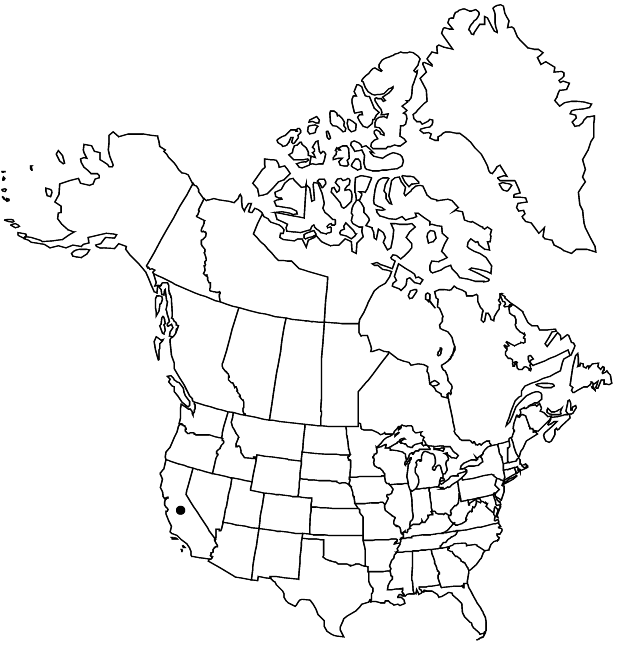Arctostaphylos rainbowensis
Madroño 41: 2, fig. 1. 1994 ,.
Shrubs, erect, 1–4 m; burl present; twigs minutely glandular-hairy. Leaves: petiole 6–12 mm; blade light green to weakly glaucous or glaucous, dull, elliptic-ovate, 3.5–5 × 2–3.5 cm, base rounded, margins entire, plane, surfaces smooth, glabrous. Inflorescences panicles, 4–10-branched; immature inflorescence pendent, axis 2–3 cm, 1+ mm diam., glabrous; bracts appressed, scalelike, deltate to awl-like, 2–4 mm, apex acute, surfaces glabrous. Pedicels 5–10 mm, glabrous. Flowers: corolla white, conic to urceolate; ovary glabrous. Fruits globose, 8–12 mm diam., glabrous. Stones connate into single sphere. 2n = 26.
Phenology: Flowering winter–early spring.
Habitat: Chaparral of granite uplands
Elevation: 500-700 m
Discussion
Of conservation concern.
Arctostaphylos rainbowensis is found in a coastal portion of the Peninsular Range in northern San Diego and adjacent Riverside counties.
Selected References
None.
